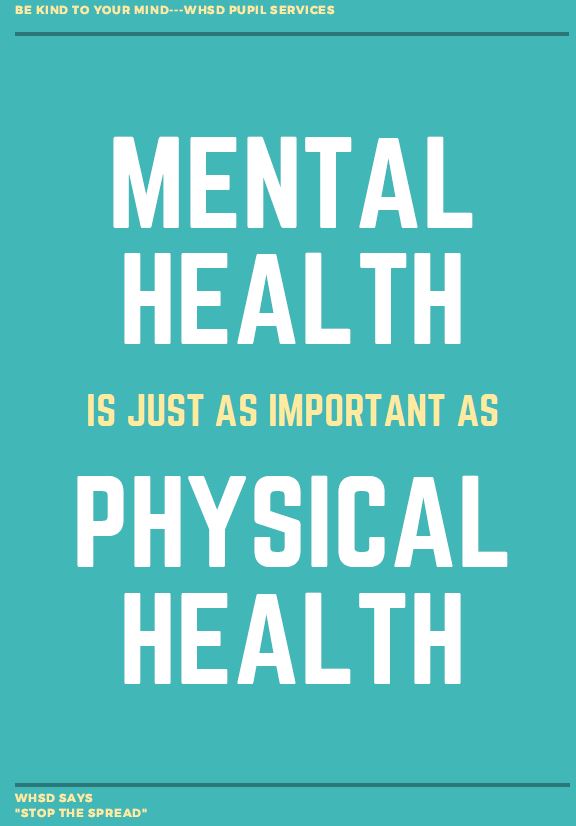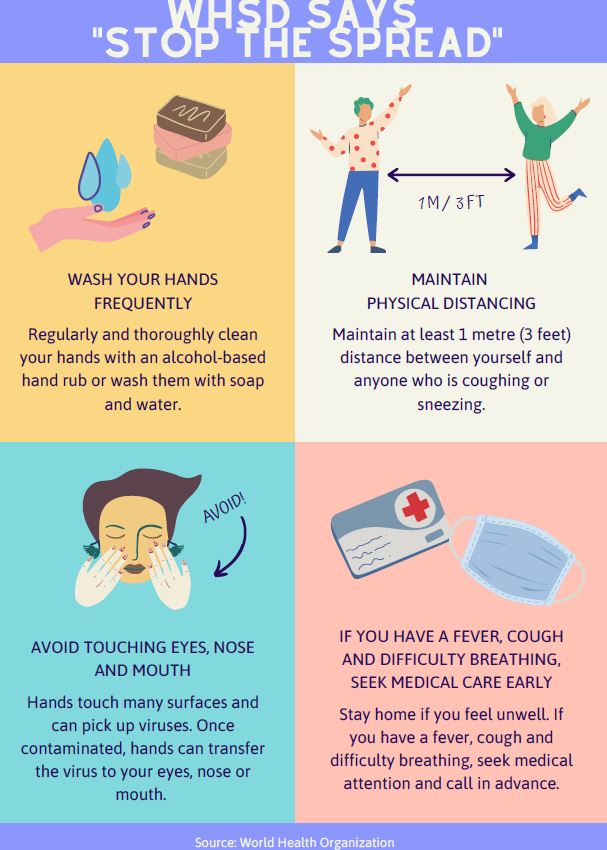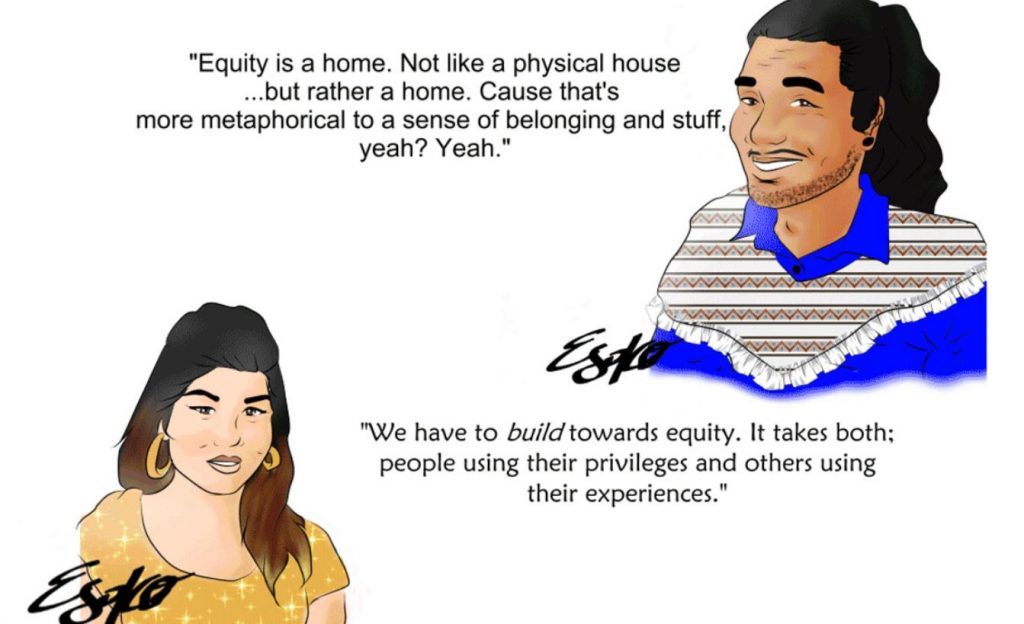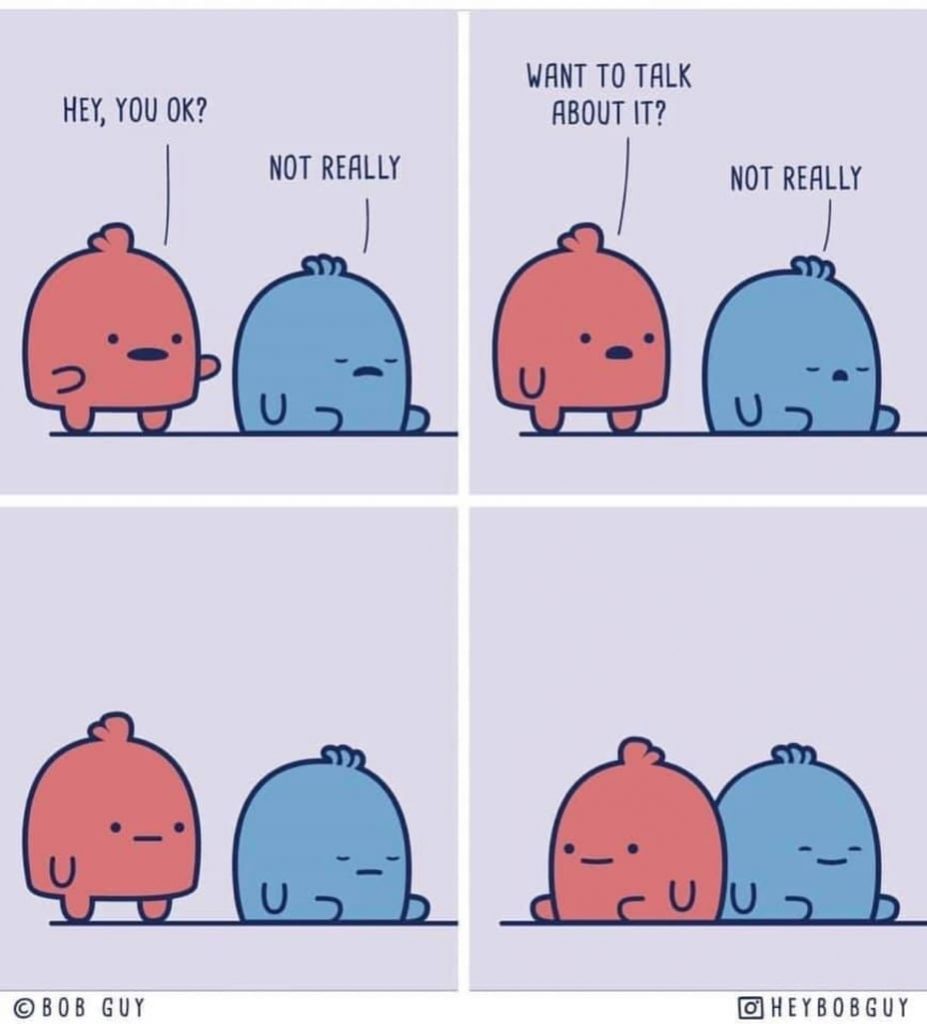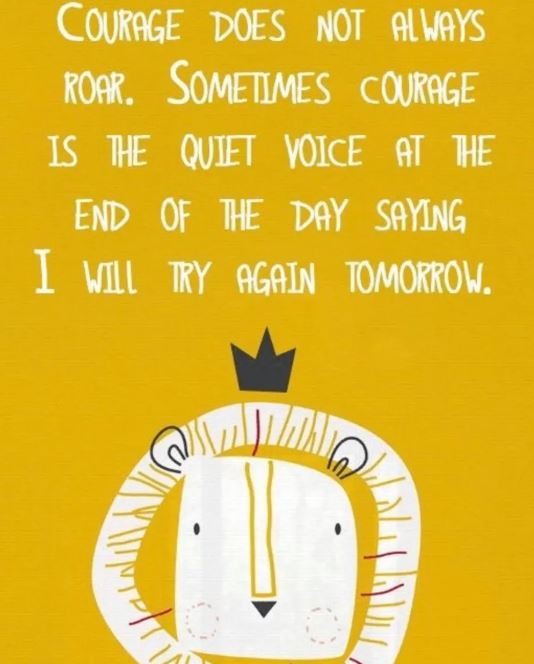Hotlines and Crisis Lines
- National Suicide Prevention Lifeline: 1-800-273-8255
- Veterans Crisis Line:1-800-273-8255 and Press 1
- Crisis Text Line: text HOME to 741741
- The Boys Town National Hotline 1-800-448-3000
- Trevor Lifeline for LGBTQ youth: 1-866-488-7386 text 678678
- Trans Lifeline: 877-565-8860
- WeRNative (for Native Americans) Chat:
- Jed Foundation
- Dane County's 24 Hour Crisis/Suicide Prevention Hotline
- (608) 280-2600
Local Resources:
- Behavioral Health Resource Center
- Kids' Link Hotline: 1-855-543-5465,
- BH Link: 401-414-5465
- Prevent Overdose RI:
- Samaritans of Rhode Island: 401-272-4044
- Survivor and attempt survivor support groups. Please use the directory below to search for support groups for both attempt and loss survivors of suicide.
- Briarpatch: https://youthsos.org/resources
- Journey Mental Health: 1-608-280-2600
- Dane County Free Helpline for Alcohol and Substance Abuse Struggles:
- Safe Communities 24-7 Recovery Coach Helpline: (608) 228-1278
- Email: referral@safercommunity.net
- Free Legal Services in Sun Prairie:
- BadgerCare or Medicaid Doctor/Provider Finder
- NAMI (National Alliance on Mental Illness) Dane County - Mental Illness Support
- Parents Place (may have virtual meetings in lieu of in person)
- Talking With Kids
- Parenting Teens
- Parent Stressline
- For people living with mental illness seeking peer support:
- Solstice House Warm Line 608.244.5077; soaroffice@soarms.org
- NAMI Dane County Peer Support 608-249-7188
- Resilient Wisconsin Initiative brings together the latest data, resources, evidence-based tools, and trauma-informed practices.
For those Struggling with Substances: Local recovery groups (Alcoholics Anonymous, Narcotics Anonymous, Smart Recovery) are also working to create virtual meetings to support people’s recovery. Visit:
- http://aaphonemeetings.org/
- https://virtual-na.org/
- http://www.badgerlandna.org/meetings/
- https://aamadisonwi.org/
- https://www.12step-online.com/meetings/online-aa-meetings/
COVID-19 Economic Relief Fund United Way: Can assist with bills, rent, and food. Call 1-866-211-9966 to get linked with resources in your zip code
Financial Resources to Help Get Through COVID-19: https://fyi.extension.wisc.edu/toughtimes/covid-19-financial-resources/
I will be reaching out via email to the students I meet with regularly, but if you or your family needs assistance with social/emotional support, food, housing, academic support, technology support, please contact us. We are here to help! You can reach me directly at: jhorner@wisheights.k12.wi.us
Remain Vanguard Strong! Mrs. H
Learning At Home Resources:
Disclaimer: These resources are not a replacement for specialized designed instruction; teacher instruction; evidenced-based practices, curricula, or interventions or professional therapies. They are not endorsed or recommended by WHSD. Please use these resources as you would like during our school closure. You are highly encouraged to keep communication with your child's teacher, special education teacher, and related service providers (PT, OT, Speech, Counselor, Psychologist, Social Worker, Nurse) for specific resources. Any learning is better than no learning. We want our students to continue to move forward in their learning and skill development.
- Planning your child's routine
- Elementary example student daily schedules: https://icdn.kiwico.com/landing/at-home/KiwiCo-at-home-learning-schedule.pdf
- MSHS example student daily schedule: https://docs.google.com/document/d/1lh027KvsTI2DEtuuKiQKOhD4FoOJ2TkV4hUeF7KJ76g/edit?usp=sharing
- Resilency Family Toolkit created by Pupil Services:
- Progress monitoring your child's learning during school closure
- Coping with change worksheet:
- Social Stories: Social stories can be a great way to explain changes or new situations to individuals.
- Writing and Spelling Learning
- Chicktionary Coop – A Multiplayer Word Game – Blockdot, Inc.
- First Words At Home – EZ Apps, Inc.
- iWriteWords (Handwriting Game) – gdiplus
- Word Magic – Anusen Inc
- SpellBoard – PalaSoftware Inc.
- ABC Animals – Critical Matter, Inc.
- Grammar practice for middle grades https://www.classroomcereal.com/
- Spellingcity is free right now with code VSCFree90 https://www.spellingcity.com/
- Magic Spell is a carefully crafted spelling adventure. https://brainbox.games/
- Work on the 8 parts of speech https://www.grammaropolis.com/
- arts. https://www.shurley.com/
- Course sets (Levels 1–5) that combine and thoroughly cover phonics, reading, writing, spelling, literature, grammar, punctuation, art, and geography—all in one easy-to-use, beautiful course. https://www.goodandbeautiful.com/
- Online curriculum that builds better writers. https://www.noredink.com/
- Math Learning
- Math practice from counting to algebra and geometry http://www.mathscore.com/
- Math and Reading games https://www.funbrain.com/
- Math and reading games https://www.abcya.com/
- Math and language games https://www.arcademics.com/
- A wide range of math content from middle school through AP Calculus. https://deltamath.com/overview
- Online education program for toddler through high school… https://www.khanacademy.org/
- Your child can play games, learn fun facts, and find out how to turn coin collecting into a hobby. https://www.usmint.gov/learn/kids
- Math as a fun part of your daily family routine http://bedtimemath.org/
- Elem Math through 6th grade https://boddlelearning.com/
- Math Videos with lessons, real life uses of math, famous actors https://www.hmhco.com/math-at-work
- Short videos about numbers that help kids explore complex math topics and make math more fun. https://www.numberphile.com/
- Geometry https://www.canfigureit.com/
- Enter your math problem or search term, press the button, and they show you the step-by-step work and answer instantly. 2nd grade through college. https://www.mathcelebrity.com/online-math-tutor.php
- Elem Math games, logic puzzles and educational resources https://www.mathplayground.com/
- Math practice https://xtramath.org/#/home/index
- Website allows students to play basic games to reinforce math skills and compete against the computer or others https://www.mangahigh.com/en-us/
- Math Games, Logic Puzzles and Brain Builders https://www.mathplayground.com/
- Reading Learning
- ABC PocketPhonics: letter sounds & writing + first words – Apps in My Pocket Ltd
- Alphabet Animals – Ventura Educational Systems
- Curious George’s Dictionary for iPad – ScrollMotion
- The Emperor’s New Clothes Storybook HD – Smash Atom Software LLC
- eTextbooks for the iPad – CourseSmart LLC
- iReading HD – Goldilocks and the Three Bears – Dam Chen
- ICDL – Free Books for Children – International Children’s Digital Library – ICDL Foundation
- iLook – White on Black Picture Book – ComputerNet Technologies
- IMotherGoose Presents The Night Before Christmas – iReadAndLearn.com
- iStoryTime Kids Books – Binky the Pink Elephant – zuuka incorporated
- Free Books – 23,469 classics to go. – Spreadsong, Inc.
- See Read Say – 2BPM Software
- Achieve It With Sesame Street – Sesame Street
- Line & Verse – Elsewise LLC
- Stories2Learn – MDR
- StoryKit – ICDL Foundation
- Dr. Seuss’s The Cat in the Hat Color & Create! – Random House Digital, Inc.
- The Three Little Pigs – LAZ Reader [Level F–first grade] – Language Technologies, Inc.
- weesay ABC – Digit
- Phonics skills https://www.starfall.com/h/
- The Shurley English program for grades K-8 provides a clear, logical, and concrete approach to language arts. https://www.shurley.com/
- Sight reading and sight singing practice exercises. https://www.sightreadingfactory.com/
- Course sets (Levels 1–5) that combine and thoroughly cover phonics, reading, writing, spelling, literature, grammar, punctuation, art, and geography—all in one easy-to-use, beautiful course. https://www.goodandbeautiful.com/
- Interactive games based on the book series https://www.magictreehouse.com/
- A safe research site for elementary-level readers. They are offering — free 24/7 access USERNAME: read (case sensitive) PASSWORD: read (case sensitive) https://www.facts4me.com/
- Reading passages for grades 3-12, with reading comprehension and discussion questions. https://www.commonlit.org/
- 22 languages to learn https://www.memrise.com/
- Phonics and learning to read https://readingeggs.com/
- Games to get “into the book” https://reading.ecb.org/
- Phonics worksheets for kids https://www.funfonix.com/
- Free stories online ages 3-12 https://www.freechildrenstories.com/
- Randomly generates 356,300,262,144 story starters https://thestorystarter.com/
- Adaptive curriculum in Math and ELA for Grades K-8 https://www.scootpad.com/
- Novel Effect makes storytime a little more fun for kids (and grown-ups too!) As you read out loud from print books (or ebooks!) music, sound effects, and character voices play at just the right moment, adjusting and responding to your voice. https://noveleffect.com/
- Teaches students how to write a paragraph through interactive online tutorial http://www.paragraphpunch.com/
- ReadWorks is an online resource of reading passages and lesson plans for students of all levels K-12. https://www.readworks.org/
- Short videos and readings that answer various burning questions for students. There are vocabulary challenges and comprehension questions. http://wonderopolis.org/
- Spelling 1-4 grade https://www.spellingtraining.com/
- Engaging reading game for grades 2-8 that combines strategy, engagement, and imaginative reading passages to create a fun, curriculum-aligned literacy game. https://www.squigglepark.com/dreamscape/
- Special News Broadcast just for kids: https://www.cnn.com/cnn10, It’s great for discussion or writing prompts, or just an easy, educational distraction during lunch prep.
- Time Magazine For Kids: https://www.timeforkids.com/
- Auditory Processing Learning
- ABC PocketPhonics: letter sounds & writing + first words – Apps in My Pocket Ltd(phonological processing)
- Tap Drums FREE – Victor Ren (pattern recognition/sequencing)
- Simon- – Horizon Business, Inc. (temporal processing)
- SONUS (ONE) – Matthew Applegate (temporal processing)
- Kids Can Match – Animals, a vocal memory game for children: full version HD! – Kids Place – Auditory Memory
- Tap Tap Voices
- White Noise – TMSOFT
- Autism ABA Apps
- ABA Flash Cards – Alphabet – Kindergarten.com
- ABA Flash Cards – Animals – Kindergarten.com
- ABA Problem Solving Game – Which Go Together? – Kindergarten.com
- ABA Receptive Identification – Kindergarten.com
- ABA Problem Solving Game – What Rhymes? – Kindergarten.com
- ABA Receptive Identification – By Class – Kindergarten.com
- ABA Flash Cards – Food – Kindergarten.com
- ABA Sight Words – Kindergarten.com
- ABA Flash Cards & Games – Emotions – Innovative Mobile Apps
- ABA – Problem Solving – What does not belong? – Innovative Mobile Apps
- ABA Flash Cards
- Other Autism Apps
- Accessibility Apps
- Occupational Therapy
- Science, Social Studies and Geography Learning
- Geography and animals https://kids.nationalgeographic.com/
- Science simulations, scientist profiles, and other digital resources for middle school science and high school biology https://sepuplhs.org/
- A collection of hundreds of free K-12 STEM resources, from standalone models and simulations to short activities and week long sequences of curriculum materials. https://learn.concord.org/
- Science projects that can be completed with or without Internet access https://sciencespot.net/Pages/classhome.html
- Next Generation Science video game focused on middle school where students directly engage in science phenomena as they solve problems. https://www.tytoonline.com/
- Learn all about cells https://www.cellsalive.com/
- Farmer’s almanac for kids… Date, weather, moon phase, etc. https://www.almanac.com/kids
- Guide to gardening for kids https://web.extension.illinois.edu/firstgarden/
- Space science for kiddos https://www.nasa.gov/kidsclub/index.html
- Games, quizzes and fact sheets take kids on a journey through time. https://www.bbc.co.uk/history/forkids/
- NGAkids interactives offer an entertaining and informative introduction to art and art history. https://www.nga.gov/education/kids.html
- News and more for kids https://www.youngzine.org/
- All sorts of learning here if you dig in https://www.google.com/earth/
- Tests kids’ geography skills. Using images from Google’s Street View, it plops players down in the middle of the street and asks them to figure out where they are. https://www.geoguessr.com/
- Allows students to type in any city, state, or country to view an archive of historical photographs and other documents. It’s a unique way to help them learn about history. http://www.whatwasthere.com//
- National Geographic Young Explorers is a magazine designed specifically for kindergarten and first grade students. Children can listen to the magazine being read to them as they follow along with the highlighted text. https://ngexplorer.cengage.com/ngyoungexplorer/index.html
- Watch the lesson for an all-online experience or pair with a home hands-on activity to explore the topic further https://mysteryscience.com/
- Learn all about earthquakes https://earthquake.usgs.gov/learn/kids/
- Learn all about the periodic table https://www.chemicool.com/
- K-5th Science lessons https://mysteryscience.com/
- This interactive website, hosted by the U.S. Government Publishing Office, allows your child to see the ins and outs of the U.S. government by taking a series of learning adventures with none other than Benjamin Franklin. https://bensguide.gpo.gov/
- From rainbows to tornadoes and winter storms to tsunamis, meteorologist Crystal Wicker breaks down the fascinating world of weather. http://www.weatherwizkids.com/
- High school chemistry topics
- A human visualization platform that allows students to explore the human body in really cool ways. https://human.biodigital.com/login?returnUrl=/dashboard
- Hands on Elem science videos https://www.backpacksciences.com/science-simplified
- Biology https://www.biologysimulations.com/
- Online history classes for all ages preteen through adults https://school.bighistoryproject.com/bhplive
- Tons of science experiments that you can do at home https://www.stevespanglerscience.com/lab/experiments/
- An interactive way to learn history https://www.mission-us.org/
- Just explore, have fun, and learn some science along the way. https://thehappyscientist.com/
- Digital archive of history https://www.bunkhistory.org/
- Cool Kid Facts gives your child access to educational videos, pictures, quizzes, downloadable worksheets, and infographics. They can use these to learn about geography, history, science, animals, and even the human body. https://www.coolkidfacts.com/
- Science, Math, Social Studies https://www.ck12.org/student/
- 80+ do at home science activities
- 3 Free Weeks of Maker Stations to keep your children creating at home! Each challenge includes simple instructions using materials around the house, QR code video resources, and a student recording sheet. bit.ly/freemakerstations
- Chemistry https://www.playmadagames.com/
- Daily free science or cooking experiment to do at home. http://www.clubscikidzmd.com/blog/
- Interactive video earth science based curriculum supplement. https://www.everyday-earth.com/
- Engineering: https://www.teachengineering.org/
- Code at home: https://code.org/
- Free Tutoring from MIT and Harvard Students
- Virtual Learning and Visits to Places
- This Canadian site FarmFood 360 offers 11 Virtual Tours of farms from minks, pigs, and cows, to apples and eggs. https://www.farmfood360.ca/
- Play games and learn all about animals https://switchzoo.com/
- Explore the surface of Mars on the Curiosity Rover. https://accessmars.withgoogle.com/
- This NASA initiative covers a wide range of topics including weather, climate, atmosphere, water, energy, plants, and animals. https://climatekids.nasa.gov/
- Video of the National Zoo to the Smithsonian Learning Lab: https://www.si.edu/kids
- Travel to Paris, France to see amazing works of art at The Louvre: https://www.louvre.fr/en/visites-en-ligne
- 35,000 pages of online content on the cultures and countries of the world. https://www.countryreports.org/
- Read, play games, and hang out with Dr. Seuss https://www.seussville.com/
- Museum of Natural History, Hall of Fossils: https://naturalhistory2.si.edu/vt3/NMNH/z_tour-024.html
- Special News Broadcast just for kids: https://www.cnn.com/cnn10, It’s great for discussion or writing prompts, or just an easy, educational distraction
- Free Printable Activities and Learning
- Sign Language Animals | FREE 13-page Coloring Book
- 6 Free Options for Adult Coloring Pages | Easy and Difficult
- Online digital coloring pages https://www.thecolor.com/
- 300,000+ FREE printable worksheets from toddlers to teens https://www.123homeschool4me.com/
- Printable board games, activities and more for phonics and reading all using evidence-based methods. Can be customized to any student’s needs including creating flashcards for other subjects. https://dogonalogbooks.com/printables/
- Resource section includes free flashcards, coloring pages, worksheets, and other resources for children, teachers, and parents. https://supersimple.com/
- Free printables library with activities for children 0-6 https://www.littlesparkcompany.com/printables-library
- Spanish and Foreign Languages
- Resources for Spanish practice https://www.difusion.com/campus/
- Foreign languages https://www.duolingo.com/
- Vocabulary, grammar, listening activities and games in Spanish, French, Italian, German, Portuguese, Korean, and Latin. https://conjuguemos.com/
- High School Related
- Test Prep for SAT, ACT, etc. https://www.bwseducationconsulting.com/handouts.php
- Tons of free classes from leading universities and companies https://www.coursera.org/
- A quick-start resource to help families pull together a plan for surviving the next 1-2 months at home with their kids, but it can also be a time of slowing down and enjoying kids as they learn. Preschool through 8th grade https://abetterwaytohomeschool.com/learning-at-home-everyth…
- Resources for AP students including live reviews, live trivia, and study guides! https://app.fiveable.me/
- An online physics problem and video bank designed for conceptual, standard, honors or AP1 physics. https://www.positivephysics.org/home
- 7,000 free videos in 13 subject areas https://hippocampus.org/
- Resources for AP students https://marcolearning.com/
- Mindfulness and Physical Activities
- Movement and mindfulness videos created by child development experts. https://www.gonoodle.com/
- Free at-home kids yoga lesson plans https://littletwistersyoga.com/online-store/
- At home OT, PT, and ST resources designed to build skills in children through movement and play. https://www.theottoolbox.com/
- Kid-friendly workouts — choose from Strength for Kids, Agility for Kids, Flexibility and Balance for Kids, Warm-Up for Kids, Cooldown for Kids, Stand Up and Move for Kids, OR create your own custom kid workout. https://app.sworkit.com/collections/kids-workouts
- PE Teacher giving daily workouts on Youtube
- https://www.youtube.com/user/CosmicKidsYoga
- Music
- Prodigies is a colorful music curriculum for kids 1-12 that will teach your kids how to play their first instrument, how to sing in tune & how to understand the language of music! 21 for free https://prodigiesmusic.com/
- QuaverMusic is offering free access to general music activities to all impacted schools, including free student access at-home https://www.quavermusic.com/info/at-home-resources/
- The Theta Music Trainer offers a series of online courses and games for ear training and music theory. https://trainer.thetamusic.com/en
- Music practice transformed https://www.smartmusic.com/
- Poetry and music https://www.thewell.world/mindful-mu…/mindful-poetry-moments
- Music https://musiclab.chromeexperiments.com/Experiments
- Play instruments online. Instruments include the guitar, piano, pan flute, drums, and bongos. https://www.virtualmusicalinstruments.com/
- A large selection of fun songs to help teach preschool and kindergarten students https://www.songsforteaching.com/preschoolkindergarten.htm
- Art
- Helps kids learn to appreciate the arts https://artsology.com/
- Crafts, activities, mazes, dot to dot, etc, https://www.allkidsnetwork.com/
- The Whitney Collection: https://whitney.org/collection/works?q%5Bhas_image_true%5D=1
- The MET: https://www.metmuseum.org/art/online-features
- Other Project Based Learning
- https://letgrow.org/wp-content/uploads/2020/03/LetGrow_Independence_Kit-alt.pdf
- https://www.kiwico.com/kids-at-home
- https://www.imagineneighborhood.org/
- https://stories.audible.com/start-listen?mi_cmp=21b6d7d8b2f846dc&mi_ecmp=486622220&mi_sc=t&mi_u=amzn1.account.AFVSW3SPQBKL2QFEYCPZZEYFV3PQ
- https://classroommagazines.scholastic.com/support/learnathome.html
- Engineering: https://www.teachengineering.org/
- Code at home: https://code.org/
A PSA... Take Care of Mental Health
